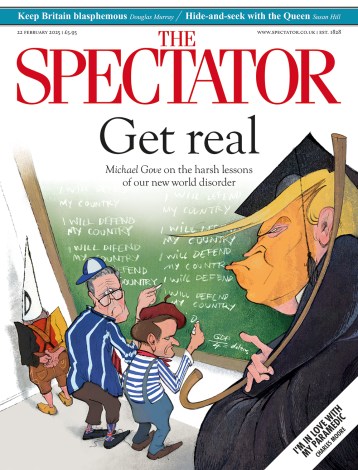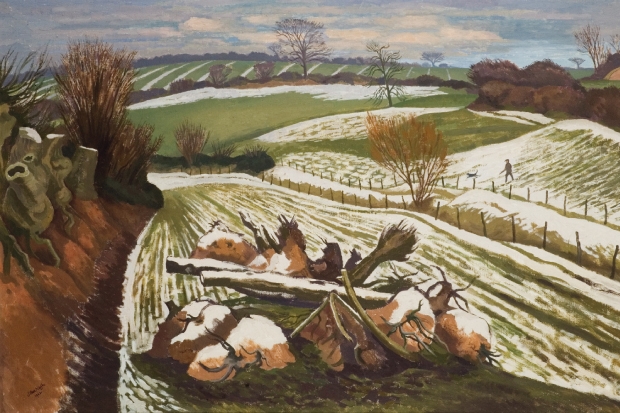In owning a flock of artificial sheep, Joseph Farquharson must have been unusual among Highland lairds a century ago. His Aberdeenshire estate covered 20,000 acres — surely enough to support the modest local ovine needs. But Farquharson was a painter, the fake sheep artist’s models. For cleanliness and biddability, few grazing ewes can match a woolly dummy.
Joseph Farquharson was 27 when he scored his first hit at the Royal Academy in 1873. ‘Day’s Dying Glow’ depicts a handful of sheep negotiating a snowy incline alongside an icy burn. Leafless trees crown a mound. Behind them a sickly sun is sinking or possibly rising. It is an image of some technical proficiency, which a Victorian audience, versed in reading paintings as visual narratives, could just about imbue with meaning and sentiment.
Farquharson evidently enjoyed the experience.

Get Britain's best politics newsletters
Register to get The Spectator's insight and opinion straight to your inbox. You can then read two free articles each week.
Already a subscriber? Log in







Comments
Join the debate for just $5 for 3 months
Be part of the conversation with other Spectator readers by getting your first three months for $5.
UNLOCK ACCESS Just $5 for 3 monthsAlready a subscriber? Log in